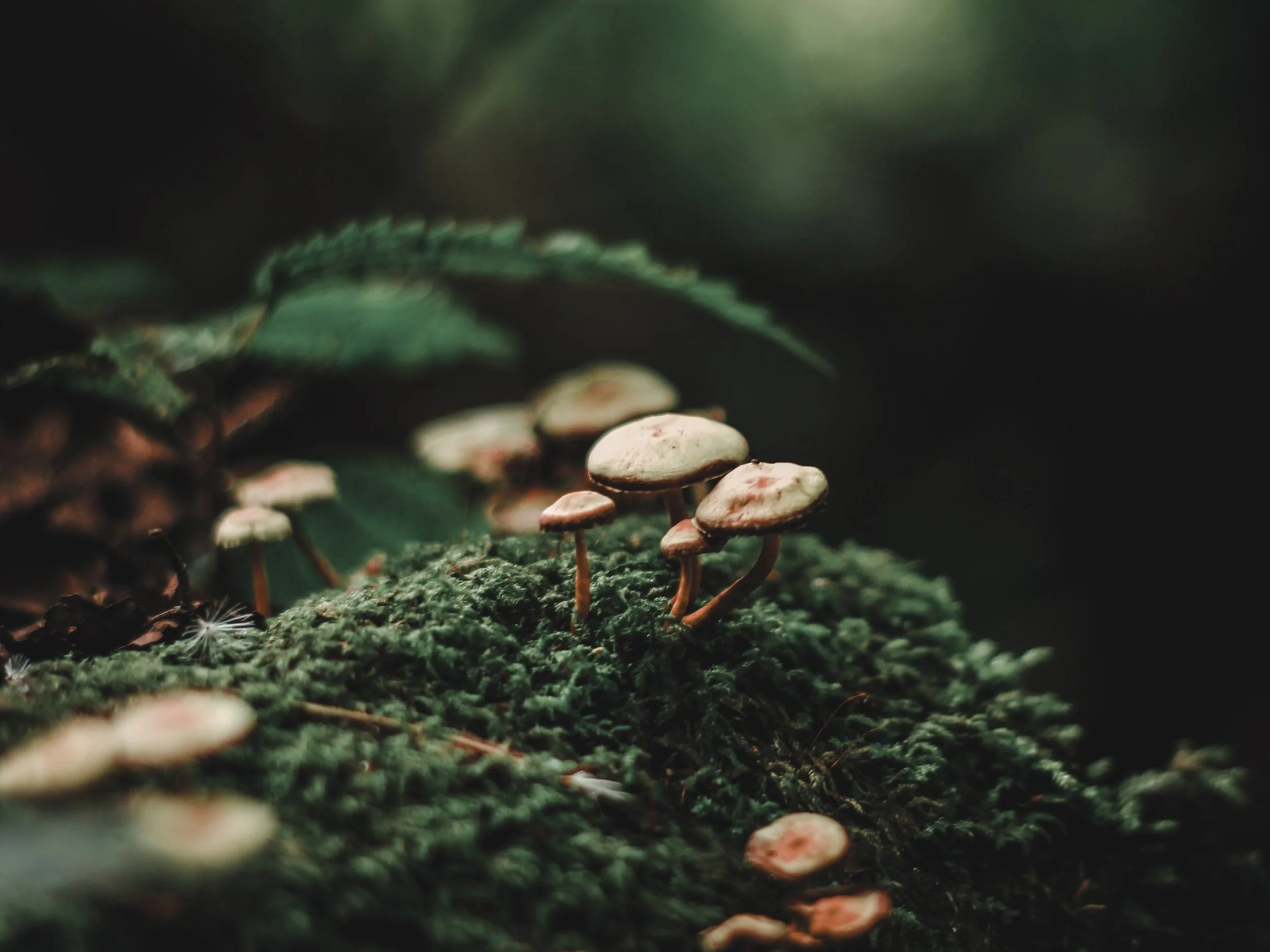When it comes to avoiding mold related illness, preventing mold in your environment is a primary strategy for keeping yourself and loved ones healthy. As the old saying goes, “an once of prevention is worth a pound of cure.” That certainly holds true when it comes to mold illness. Let’s unpack some considerations for keep your home, work, school, car or other environments mold-free.
What Inhibits Mold Growth?
To avoid mold, it is important to consider the elements that mold cannot withstand. When these factors are utilized, it is difficult for mold to grow.
Dryness
Sunlight
Air movement
Dust-free spaces
Lack of clutter
Mold-killing essential oils
With this framework in place, we need to keep 3 things in mind: don’t water mold, don’t feed mold, and don’t allow mold to find a new home in your environment.
Don’t Water Mold
Mold can grow within 24 hours of a water event. It is imperative to keep the environment dry to prevent mold from taking hold.
Manage humidity within the home with a humidistat in each room.
If you are sick with mold illness, aim for 50% humidity within the space. This can be uncomfortable for some, so if you are healthy shoot for 50-60%.
If you have a basement, use a dehumidifier down there.
Run vent fans before creating steam with showering or cooking. Run the fan for 30 minutes afterwards.
Check the roof and attics after any rain or snow melting event to ensure dryness.
If you have a leak or flooding, make sure it is 100 percent dry afterwards. This may mean removing drywall that got wet as mold will likely begin to grow within the walls or ceiling.
Place trays to catch any leaks under sinks, washing machine, dishwasher, refrigerator, etc. Check them regularly.
Choose furniture and cabinets with feet/legs to allow proper airflow underneath.
If you have a sump pump, have it tested for environmental toxins as the water is sometimes stagnant here. Have your sump pump sealed to avoid toxin contamination in your home.
Don’t Feed Mold
Dust and certain fibers can be fuel sources for mold. Some considerations to avoid feeding mold include:
Dust and vacuum frequently as dust is a massive food source for mold growth.
Reduce the clutter in your home that would accumulate dust.
Avoid carpets that harbor dust and moisture. If you have carpet, clean them regularly.
Avoid cardboard boxes for storage as they offer a food source for many mold species. Opt for plastic, glass, or metal for storage instead.
Don’t Help Mold Find a New Home
Perhaps you have a mold-free environment and you intend to keep in that way. Making your space inhospitable to mold is important. Some things to consider:
Change HVAC filters at least twice a year. If you are mold susceptible or have pets, change them quarterly.
Change the car cabin filter annually. Just as you clean your HVAC filter, make sure to clean the car filters as well.
Use an air purifier. We like AirDoctors to keep the air clean.
Make sure your CPAP machine is clean. CPAP machines are notorious for mold inhabitation. Ozone is the most effective way to kill mold species that tend to grow in these devices.
Repair any cracks within grout or caulk lines around the sink or shower.
Essential oils including thyme, tea tree, cedar, rosemary, holy basil, cumin, frankincense, eucalyptus, and pine all have mold-killing properties. Utilizing these oils for diffusing and cleaning can help to keep your environment mold-free. Additionally, putting a few drops of these essential oils on cotton balls and placing them in areas that do not get a lot of air circulation (such as closets) can help prevent mold.

